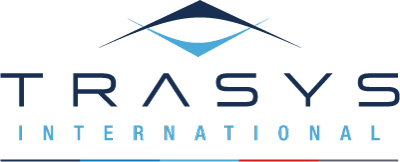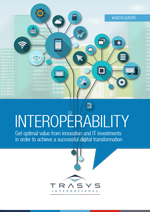INTEROPERABILITY
Concerns
Europe must ensure that new IT devices applications, data repositories and services interact seamlessly anywhere. But existing online barriers online mean citizens miss out on goods and services. Internet companies and start-ups have their horizons limited, and businesses and governments cannot fully benefit from digital tools.
Challenges
Digital public services require a seamless exchange of
information across different systems and borders. The challenge is to support the Digital Single Market to avoid vendor lockin, opex and exit costs.
Solutions
Enabling efficient information exchange also means:
- change management on all organisational levels
- going for common systems despite the burden of legacy
- implementing reusable and interoperable systems.

Design of common systems
- Performing feasibility studies for common systems
- Assessment of standards and definition of common standards
- Reusability assessment of existing components
- Design of optimal architectures for common systems.

Interoperability and reusability assessment and design
- EU interoperability recommendations: assessment & compliance
- Assessment of reusability and interoperability
- Design of reusable and interoperable architectures and solutions
- Assessment of exit costs and vendor lock-in.
Our strengths
Our approach is compliant with EU recommendations and based on state-of-the-art methods and tools, such as:
- Proven data collection methods and multi-stakeholder consultation governance
- European Interoperability recommendations and architecture
- Common assessment method for standards and specifications
- SOA-based approach using enterprise architecture modelling
Your benefits
- Efficient exchange of information
- Reusable systems
- Lower integration costs
- Reduced lock-in and exit costs


